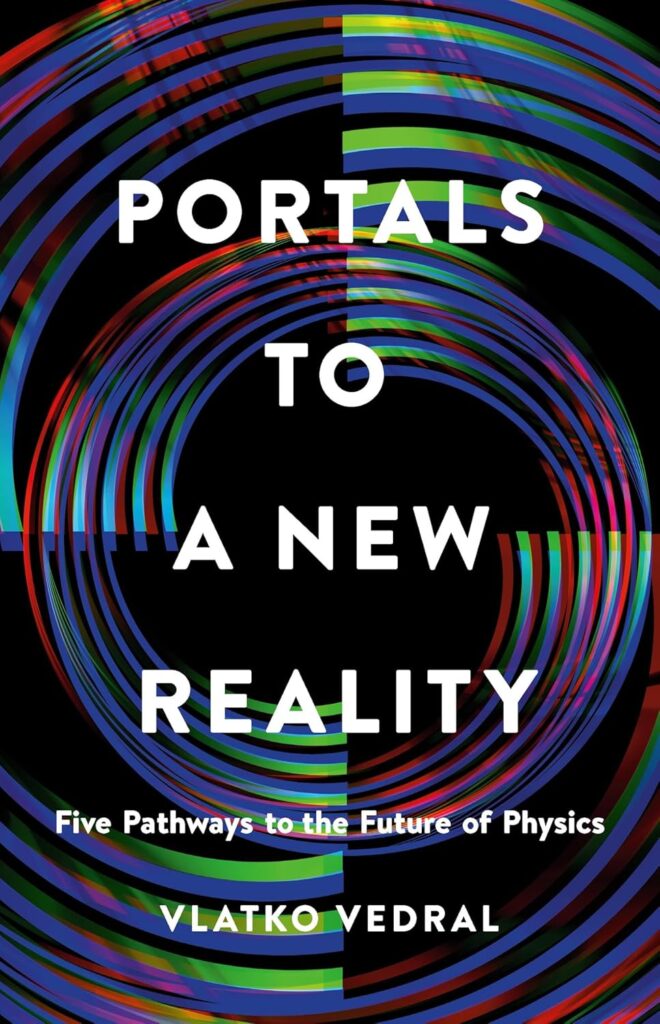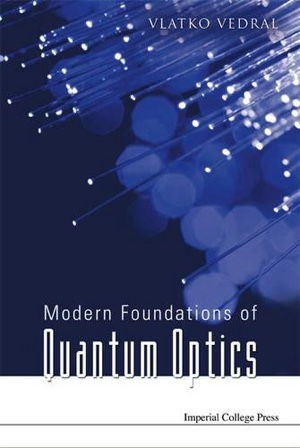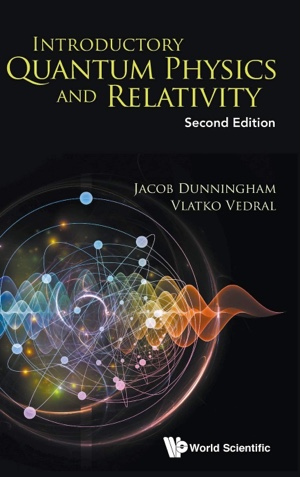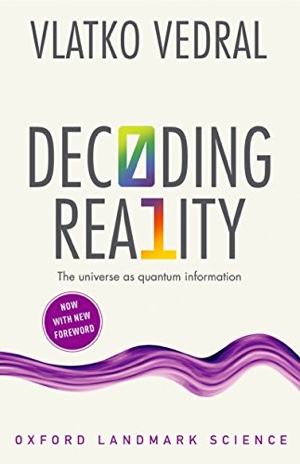Real but not True…
We’ve had two religious events recently, both somehow related to light. One is Diwali, the Hindu Festival of Lights, lasting for up to a week and symbolizing the spiritual victory of “light over darkness”. The other one is Halloween, which is probably an old pagan tradition – ultimately absorbed by some Christian denominations – commemorating the eve of the All-Saints Day. It’s not related to light per se, other than the image we all harbour of it: a carved-out jack-o’-lantern, lit from within by a candle.
In all religions I am aware that light plays a special role. This is clearly because we instinctively perceive it positively. The absence of light brings along all sorts of dangers to living creatures. We are “programmed” by evolution to be more alert in the dark and fearful of it. Light then brings us deliverance from the darkness.
In physics too, light played a special role for a long time, all the way until the discovery of quantum physics. Before quantum physics, the universe was thought to be made up of two entirely distinct kinds of entities: waves (light) and particles (matter). The two behaved differently, light obeying Maxwell’s equations and matter and Newton’s laws of motion.
To a philosophical purist, however, the duality within the universe was puzzling and undesirable. Why is everything not just made up of one and only one thing? And so, even before quantum physics proper (1925), various people questioned whether matter and light could somehow be related. Already Newton believed that light was made up of little particles too, but he could not find a good particle model to explain the bending of light when it encountered sharp edges (something observed by his contemporary Francesco Grimaldi and which he named “diffraction”). You can clearly see diffraction of the candle light in the image of my Halloween jack-o’-lanterns.

Another of dissatisfied purists was Hamilton, who – as a result of this – actually came up with sort-of a wave equation (similar to light) but which instead reproduced Newton’s laws for particles. This was a spectacularly ingenious idea (that ultimately proved crucial for quantum physics).
Let me give you an illustration. When light goes between two media of different density it refracts. We have all had the experience of standing on the edge of a swimming pool and looking inside. A stick in the water will appear shorter than it actually is. This is because the light emitted by the stick and coming to us from it, will actually break (i.e. it will refract) at the surface. Now, under some conditions known as the “total reflection”, no light will come out of the water. This happens to be another effect we are very much familiar with. Just look at a glass of water from the top, and you won’t be able to see your fingers holding the glass!
And, so here is Hamilton’s crazy idea. You can think of the sun as creating a gravitational field in its vicinity which is denser (like water) closer to the sun and less dense (like the air) further away. According to Hamilton, our planet moves through this field like a wave of light through the glass. It curves away from the less dense regions and towards the denser ones. The circular orbit is actually analogous to the total reflection of light, in the sense that the planet ends up being trapped in some region of gravity which it is unable to escape (you can also trap light in a optical fiber and make it move around in circles). Using waves, Hamilton was thus able to account for Newton’s laws of motion and gravity that were designed for particles.
Nuts? Well, perhaps, but quantum physics completely vindicates this view of Hamilton’s (who had by that time unfortunately been dead for about 50 years). Even the objects as big as planets, and not just the tiny particles of matter like atoms and electrons, are ultimately actually waves.
I have written previously about the fact that there is no such thing as the wave-particle duality in quantum physics (I called it the “everything is a wave interpretation”). The wave-particle language ought to have disappeared from our dictionary by now. It is a relic of a bygone era. The waves have won the war, and everything is ultimately made up of them. Quantum field theory, our most accurate description of all natural phenomena so far, is the ultimate representation of the fact that everything is a quantum wave (the word quantum signifies that we may not be able to determine all the relevant components of the wave at the same time, an instance of the Heisenberg Uncertainty Principle).
By a funny coincidence, I was recently very lucky to came across a beautiful little book in my local second-hand bookstore. It was written by Charles Darwin in 1931. You read that right – and, no, I haven’t made a chronological typo. This is not the Charles Darwin of the evolutionary fame, but his grandson, who himself was a distinguished physicist. The book, titled “The New Conceptions of Matter”, is by far the clearest popular exposition of quantum physics I have ever read.
The book presents a fantastic account of this view that all matter is also made up of waves. It seems amazing to me that at the time Darwin wrote it, quantum physics was only five years old. During that short period, Darwin not only absorbed all the new revolutionary ideas, but he also made novel contributions to it, and gave us what I believe to be the best interpretation of quantum physics ever.
So, if I claim that Darwin’s view that everything is a quantum wave is the best interpretation of quantum physics, why is there still so much discussion about what quantum physics really means? There seem to be as many views of quantum physics out there as there are quantum physicists. Why all the other interpretations, such as the Copenhagen one or the Pilot Wave one or the recent Qbism? What’s that all about?
I will first briefly summarise how Darwin saw it and then I will give you my two cents. Darwin thought of particles as a useful fiction. He gave the following analogy. When a string on the piano oscillates 256 times per second, we perceive this as a note middle C. We don’t hear a wave vibrating rapidly (whatever that might mean), but instead have a sensation that feels singular and definitive. Likewise, when the vacuum vibration of about a twenty thousand waves per centimeter hits our eyes, we don’t perceive a rapid modulation of a specially propagating wave of light. We see yellow. This is simply how our brain interprets this particular vibration of the electromagnetic field.
The note C and the colour yellow are our subjective views of reality. They are convenient fictions, shortcuts that our brain circuitry invented to make us into highly functional animals. They seem real to us, but they are not really true (the phrase I unashamedly lifted from Buddhism and used as the title of this newsletter). The same is true for all out perceptions. When we put our finger close to fire, we feel hot. We don’t feel that the atoms of the air are more rapidly hitting the atoms of our skin.
So, Darwin says that particles are still useful fictions to sometimes think in terms of, but one must always remember the underlying wave nature of everything (otherwise, it will be impossible to explain the host of phenomena that matter clearly exhibits such as quantum tunnelling, matter wave interference, stability of matter and its bulk properties and so on and so on, the list is very long). The objective reality of an electron is that it is a wave, while we subjectively perceive it as a particle. Likewise, the electron wavelength is its objective property, while the momentum is our subjective convenient fiction (momentum being something that particles possess). Electron wave’s frequency is another of its objective properties and this corresponds to its energy, which is our useful fiction. And so on.
Of course, the question of why we perceive the outside world the way we do, goes beyond the realms of physics and will probably only be fully answered by chemistry, biology, neuroscience and computer science all working together with physics. But, for the purposes of our discussion, we can think of it as an evolutionary accident, not a necessity of the laws of physics. And, we can think of ourselves, including our sense organs and everything else also as quantum waves. There is no need to think of ourselves as special observers, as something outside of physics. We are an integral part of it. So when we perceive something, it’s really just one quantum wave interacting with another!
Now, my two cents. I think there is a deeper reason than our biological limitations of perception why the “everything is a wave interpretation of quantum mechanics” (despite being by far the best) is still not universally accepted. In my view it is also due to various sociological and psychological circumstances. Simply stated, it has to do with humans being apes.
Like all other apes, humans are highly social animals and therefore typically conform to a packing order – and the tribe of academics is no exception. On top usually are the so-called ‘alpha males’. These individuals dominate most of the social dynamics, including decision about what is and isn’t socially acceptable. You might think that this description is a bit sexist, but unfortunately it is realistic – especially at the time when quantum physics was conceived. There were very few women among the quantum pioneers (Marie Curie comes to mind) and even now that state of affairs has sadly not improved much (though there is a positive recent tendency towards greater gender equality in the STEM subjects across the developed world).
Now, something tells me that (despite being an amazing physicist) our Charles Darwin was not a member of the quantum alpha club (unlike Bohr and Heisenberg). I can only speculate as to why, but Darwin was probably modest and unassuming. He probably didn’t go to many conferences where he would try to strongly impose his own views on others (judging by his book, he sounds like someone I’d love to have a pint with at my favourite pub, the Royal Oak). Therefore, and as his grandfather would have understood very well,
Darwin’s views did not “survive” to become the standard dogma (they were also advocated by Nevil Mott, and a bit later by Schrödinger and a bit more than a bit later by Everett). Instead, we have been stuck, for quite a while, with a host of semi-mystical interpretations of quantum physics that made things more unbelievable and magical (in a negative way) than quantum physics really is.
All of this is now changing and my prediction is that Darwin’s view will one day, in a not-too-distant future, become the norm. It’s taken us a long time to get here, as a result of all sorts of biological, physiological and sociological drawbacks and accidents, but, with the recent growth of quantum technologies, I think it is inevitable. The next generation of kids will almost certainly grow up fiddling with quantum computers and all sorts of other quantum gadgets. They’ll be entangling living systems in their bedrooms and quantum teleporting them across to their nurseries. Those girls and boys (hopefully in equal numbers, and all interested in quantum physics and the nature of reality) are surely bound to regard everything as a wave.
There’s simply no two ways about it.
Sign up to my substack
BOOKS
ASK ME ANYTHING!
If you'd like to ask me a question or discuss my research then please get in touch.





